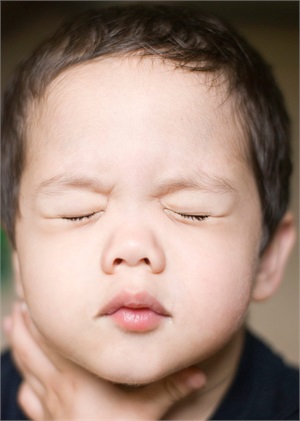Resources

News
Experiencing stress and anxiety is a normal part of growing up. It is important to notice if feelings of being overwhelmed, anxious or fearful are persistent. When fears and worries interfere with school, home or play activities, children may be diagnosed with an anxiety disorder. The Centers for Disease Control and Prevention (CDC) shares that 7.1 percent of children, about 4.4 million, aged 3-17 have diagnosed anxiety.
Anxiety symptoms result from the body's "fight or flight" response to signs of danger. The "fight or flight" response affects heart rate, breathing, muscles and even digestion. Anxiety kicks off this response when no threat is present. The CDC provides the following common, if not complete, list of symptoms seen in children struggling with anxiety:
- Being very afraid when away from parents (separation anxiety)
- Having extreme fear about a specific thing or situation, such as dogs, insects or going to the doctor (phobias)
- Being very afraid of school and other places where there are people (social anxiety)
- Being very worried about the future and bad things happening (general anxiety)
- Having repeated episodes of sudden, unexpected, intense fear that come with symptoms like heart pounding, having trouble breathing or feeling dizzy, shaky or sweaty (panic disorder)
In addition to the signs of fear and worry, children's anxiety may present as irritability, anger, trouble sleeping or physical symptoms like fatigue, headaches or stomachaches. Symptoms can vary, and anxiety in children is not always easy to spot. Indeed some anxious children keep their worries to themselves, and, thus, the signs can be missed.
If your child is displaying odd behaviors or expressing physical complaints, talk with their pediatrician as some signs and symptoms of anxiety or depression in children can be caused by other conditions.


